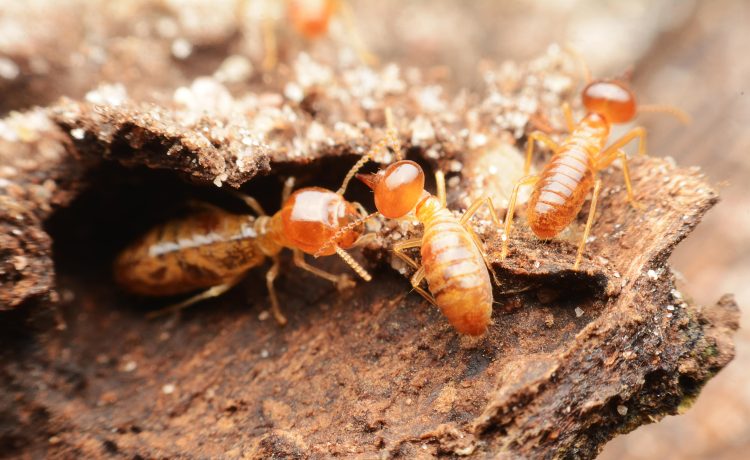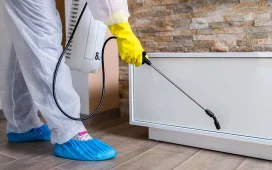Termites can be a homeowner’s worst nightmare. These silent destroyers munch away at your property, causing significant damage before you even realize they’re there. But with the right professional support and care, things can be taken into control. This guide will equip you with the knowledge to get rid of termites and protect your home professionally and for a longer time.
Some Effects from Termite Infestations
Termite infestations may devastate structures, inflicting significant damage and financial burden. These pests feed on wood and degrade building stability, potentially leading to structural collapse. Repairing such damage is expensive and might reduce home value. Furthermore, termites can worsen respiratory problems and reduce indoor air quality, posing health concerns to owners.
Visibly damaged wood detracts from a building’s visual appeal, even with weakening structures endangering the lives of occupants. Understanding the signs of termite infestations and resolving it is highly crucial.
Signs of a Termite Infestation
Before diving into battle, let’s identify the enemy. Here are some telltale signs of a termite infestation:
- Mud tubes: These pencil-sized tunnels on foundation walls or crawl spaces are pathways for subterranean termites.
- Hollow-sounding wood: Tapping on hollow wood might indicate termite activity within.
- Discarded wings: Look for piles of tiny wings near windows or doors, shed by swarmer termites.
- Frass: These wood droppings, resembling sawdust piles near damaged wood, are termite calling cards.
DIY or Professional Help?
Now that you’ve identified the enemy, the next question is: can you tackle this yourself, or is it best to call in the professionals?
For small, localized infestations, a DIY approach might be possible. However, for widespread infestations or those requiring complex treatments, professional help is highly recommended.
Here’s a quick guide to choosing the right approach:
- DIY: Suitable for small, suspected infestations. Requires research and following product instructions carefully.
- Professional: Ideal for large infestations, unknown species, or complex situations. Professionals have the expertise and tools for thorough extermination.
DIY Termite Control Methods
If you choose the DIY route, here are some methods to consider:
- Boric acid: This powder disrupts termite digestion. Apply with caution, as it can be harmful to children and pets.
- Diatomaceous earth (DE): This powder dehydrates termites. However, effectiveness can be limited.
- Termite bait traps: These stations contain a slow-acting poison that termites carry back to the colony, eliminating them over time.
Preventing Future Trouble
An ounce of prevention is worth a pound of cure! Here are some ways to deter future termite invasions:
- Moisture control: Address leaky pipes, clogged gutters, and foundation moisture issues. Termites thrive in damp environments.
- Eliminate wood-to-soil contact: Maintain a gap between wooden structures and the foundation.
- Regular inspections: Schedule annual inspections by a pest control professional for early detection.
Conclusion
By understanding the signs of infestation, choosing the right course of action, and implementing preventative measures, you can effectively combat termites and protect your home. Connect with your pest control team and understand why they are infesting your home and the right way to disinfect your home from them.

















